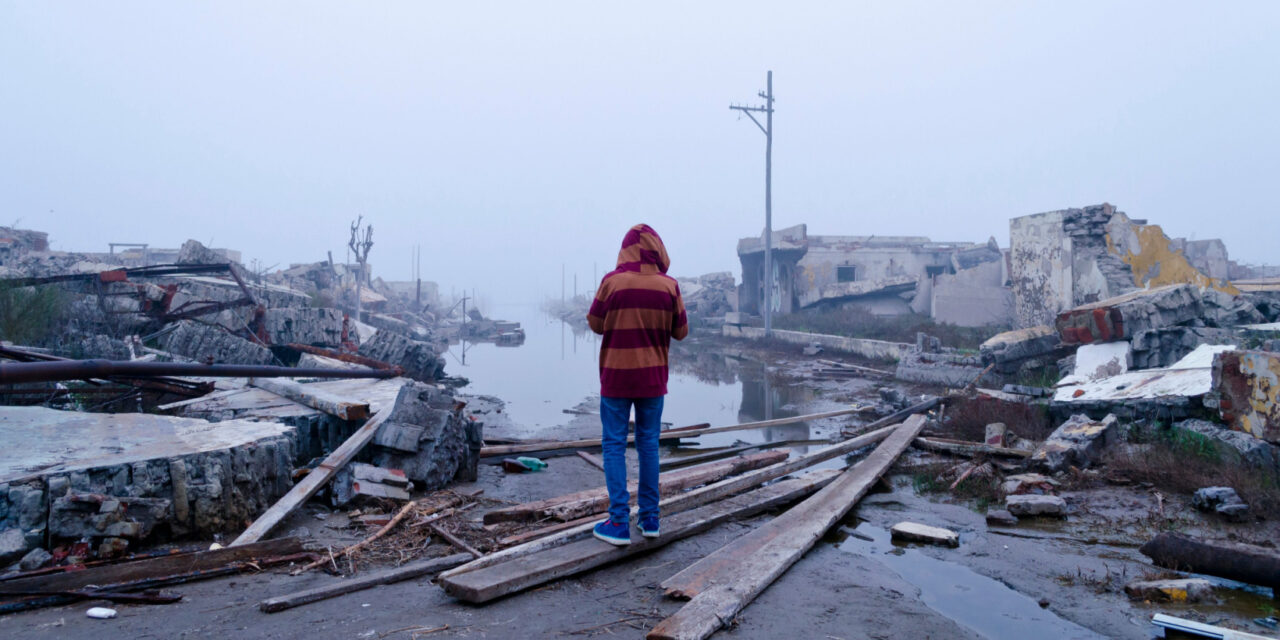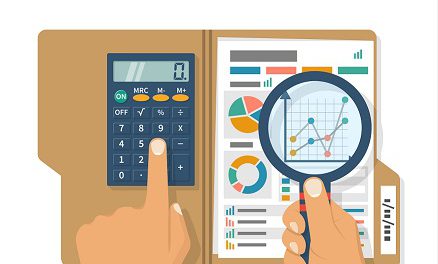
How Advisors Can Help in a Natural Disaster
Hurricane Ian was the latest reminder of the need for disaster planning and the urgency of people coming together to help those affected by a natural disaster. There are several valuable ways advisors can assist clients and community in the wake of a natural disaster.
To view the full article please register below:
How Advisors Can Help in a Natural Disaster
Hurricane Ian was the latest reminder of the need for disaster planning and the urgency of people coming together to help those affected by a natural disaster. While there are steps people can take to plan ahead to protest their family and home, the aftereffects can be chaotic, or even catastrophic. Advisors can provide valuable assistance to their clients and community in the days and weeks that follow future emergencies.
Five Ways Advisors Can Help
There are several valuable ways advisors can assist clients and community in the wake of a natural disaster.
- Be available. Reach out to clients to let them know you’re there to help them in any way possible. Reach out by phone if possible. Offer them compassion and ask “How can I help?” Ask them about their cash flow; do they have the funds to meet immediate cash needs? Provide options for managing any unanticipated funding needs, from contacting creditors to creating cash through securities sales.
- Make your office resources available. If clients or community members lack electricity, allow them to recharge phones and computers at your office. Set up a coffee and food table for emergency workers and other community members.
- Make your website into “Information Central.” Update your website before any pending disaster with contact information for FEMA, SBA, local and state aid programs, and contacts for local charitable organizations.
- Lead with action. Get your office involved on a personal level by making donations to and holding fundraisers for accredited disaster relief organizations. Contact the American Red Cross to schedule time to donate blood.
- Plan for post-disaster conversations. Once normalcy returns, be sure to create educational content and engage in conversations to discuss, among other things, the adequacy of insurance coverage, family disaster plans, backing up important documents to the cloud, establishing an emergency fund, and cataloging valuables and backing up that file to the cloud. Remind clients of casualty loss deductions and the circumstances that may allow for deferred tax filing and tax payments. Also remind clients to be on the lookout for restoration scams following a natural disaster.
Of course, in order for you to be as helpful as possible to your clients and community, you need to be in a position to help. That means making sure that you have your own personal and business disaster planning in place. So, if you don’t already have a plan, create a business continuity plan to ensure you’re able to resume business operations as quickly as possible and help affected clients and neighbors.
Please reference disclosures: https://blog.americanportfolios.com/disclosures/












